A GUIDE FOR FINANCIAL FRAUD INVESTIGATION & PRECAUTION by SHIVANI SHARMA (books to read for beginners .txt) 📕
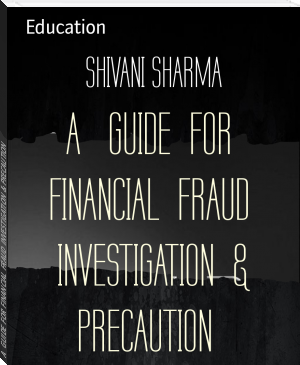
- Author: SHIVANI SHARMA
Book online «A GUIDE FOR FINANCIAL FRAUD INVESTIGATION & PRECAUTION by SHIVANI SHARMA (books to read for beginners .txt) 📕». Author SHIVANI SHARMA
IT HAVE ALL THE THINGS RELATED TO COMPUTER, CYBER CRIME AND SECURITIES, MOBILE FRAUD, ATM FRAUD,INSURANCE FRAUD , BANK FRAUD, DIGITAL CARD FRAUDS ,MONEY LAUNDERING ETC.
Free e-book «A GUIDE FOR FINANCIAL FRAUD INVESTIGATION & PRECAUTION by SHIVANI SHARMA (books to read for beginners .txt) 📕» - read online now
Similar e-books:
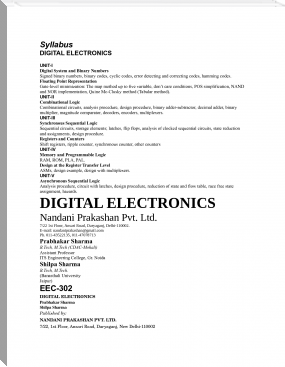
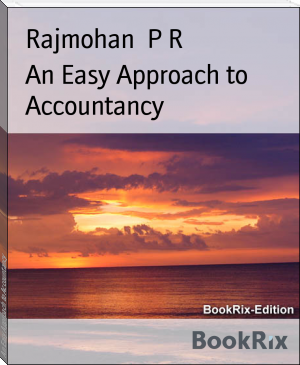

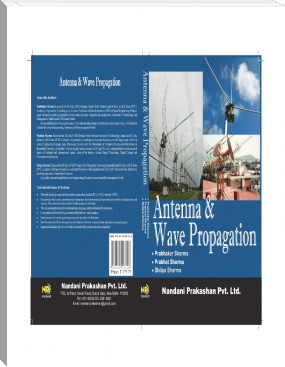
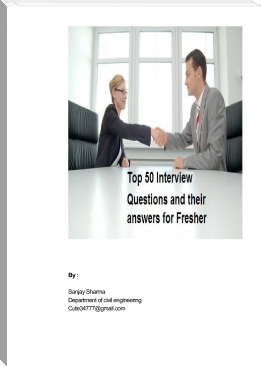
Comments (0)